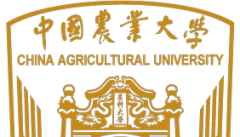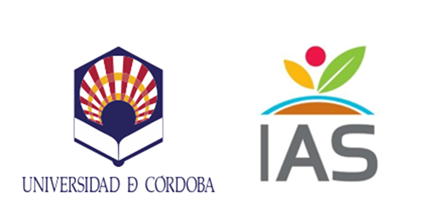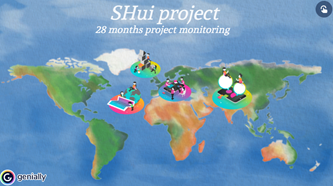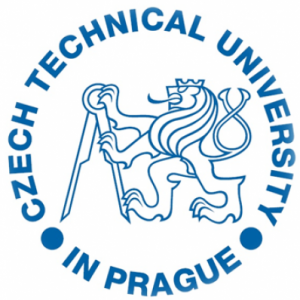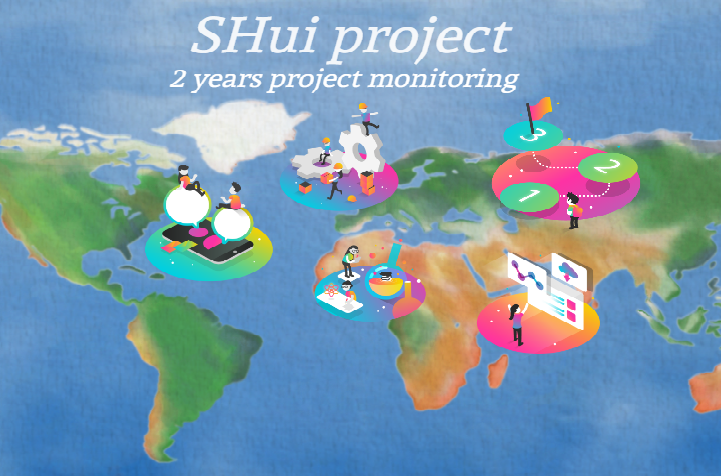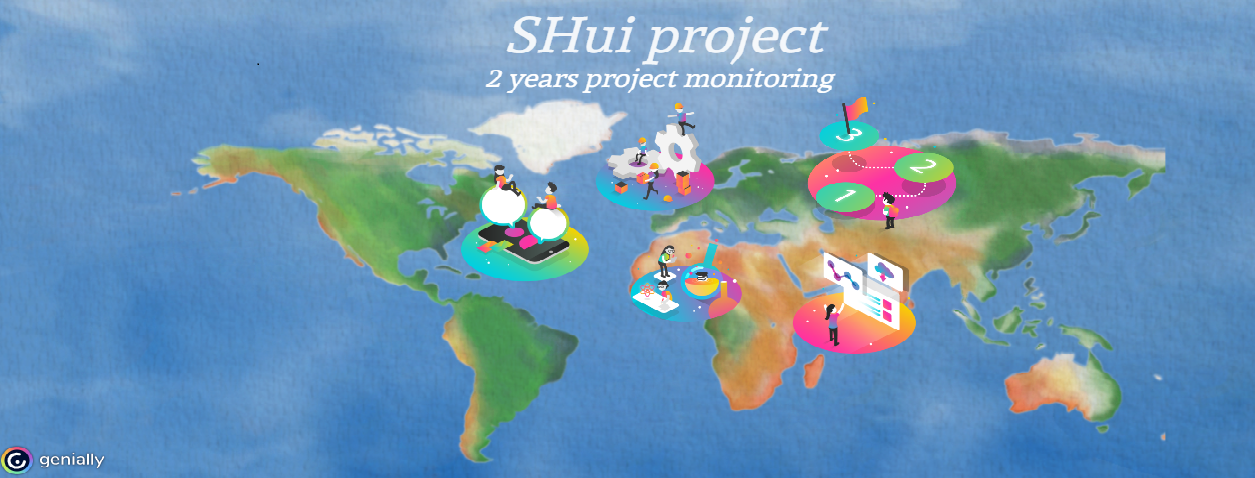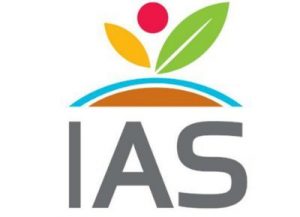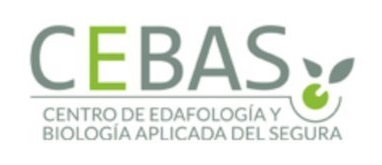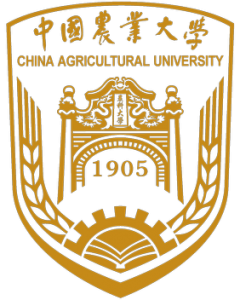
Received 20 October 2020, Revised 4 March 2021, Accepted 7 March 2021, Available online 18 March 2021.
Abstract
Stomatal conductance, closely related to water flow in the soil-plant-atmosphere continuum, is an important parameter in the Penman-Monteith (P-M) model for estimating evapotranspiration (ET). In this study, a novel soil water stress index ω, considering intrinsic soil-plant water relations, was introduced into the Jarvis empirical estimation model of stomatal conductance to improve the representation of the effect of soil water stress on stomatal conductance. The index ω accounted not only for current water availability by combing the effects of relative distribution of soil water to roots and nonlinear stomatal response, but also for the hysteresis effect of water stress by means of the inclusion of a recovery coefficient. Combined plant and soil-based measurements from a greenhouse experiment provided the basis for investigating the relationship between leaf stomatal conductance gs and root zone soil water stress represented by ω. The response of gs to root-weighted soil matric potential was found to be nonlinear. The relationship between gs and the extent of previous water stress (i.e. the water stress recovery coefficient curve) was generalized by a power function and was verified and confirmed using results obtained from the literature. The reliability of ω was tested by coupling it into the Jarvis model to estimate leaf (gs) and canopy (gc) stomatal conductance, and thereupon into the P-M model to estimate cumulative ET (CET) in the greenhouse experiment and two field experiments. The estimated gs, gc and CET agreed well with the measurements, with root mean squared error not more than 0.0006 m s−1, 0.0020 m s−1 and 8.2 mm, respectively, and determination coefficient (Nash-Sutcliffe efficiency coefficient) consistently greater than 65% (0.14). Therefore, ω should be feasible and reliable to delineate the response of stomatal physiological reaction to water stress, and hence helpful for accurate estimation of ET using Jarvis-based P-M models.

